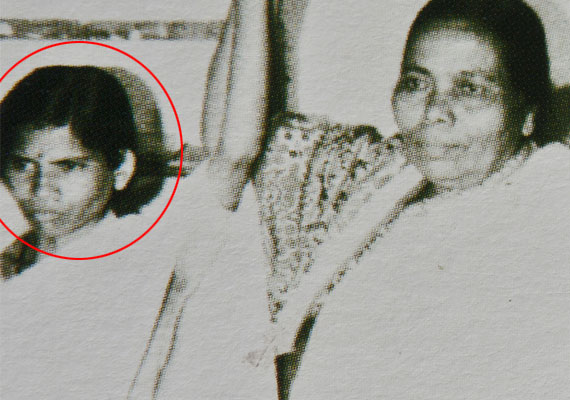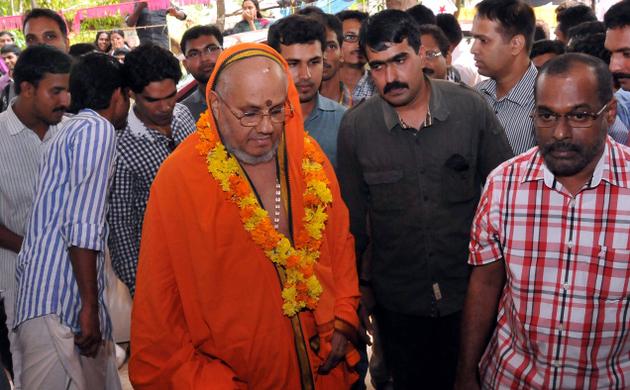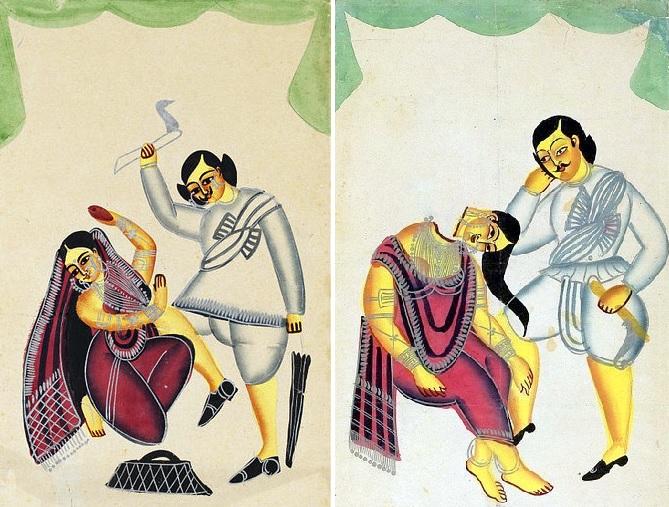What Are Exoplanets And How NASA Detects Life Beyond Our Solar System
Bharti Airtel Set To Acquire Telenor India Within This Year
Google Celebrates NASA’s Discovery Of Seven Earth-Like Planets With An Animated Doodle
Some Home Remedies That Might Sound Bizarre But Actually Work Like A Charm
Akshay Kumar Feels He Has Made Enough Money, Now Wants To Focus On Content & Characters
Delhi ATM Dispenses Fake Rs 2000 Notes From ‘Childrens Bank of India’ With ‘Churan Lable’
Adolf Hitler’s Personal Telephone During World War II Is Up For Auction In The US
From Salman Khan To Rekha, Neil Nitin Mukesh’s Wedding Reception Was Quite A Starry Affair
10 Most Interesting Indian Court Cases Everyone Needs To Know About
Sometimes, I wonder why some Indian films have such boring stories. We are a land rich in source material, especially if you were to get into the real stories this country has to offer. Yes, it's a cliché but India is a great example of how often fact is stranger than fiction. The Indian Judicial System is a treasure trove of such stories. Here are some of the most important and influential cases in Indian history. Read on.
3. Mathura Rape Case (1972)
This is one of the most important cases in the country, because the protests that followed the verdict, forced some important changes in rape laws in India. Mathura, a young tribal woman, was raped by two constables within the premises of the Desai Ganj Police Station in Chandrapur district of Maharashtra. The Sessions court judge found the accused not guilty. The reasoning behind this was (believe it or not) that Mathura was habituated to sexual intercourse. This, according to the judge, clearly implied that the sexual act in the police station was consensual. The amendments to the law that were forced by the protests got one thing right - submission does not mean consent.

4. Kesavananda Bharti vs State of Kerala
If there's one reason India can still call itself 'the world's largest democracy', it is this case. Swami Kesavananda Bharti ran a Hindu Mutt in Edneer village in Kerala but the state wanted to appropriate the land. Bharti, who was consulted by noted jurist Nanabhoy Palhkivala, filed a petition claiming that a religious institution had the right to run its business without government interference. The State invoked Article 31 which states "no person shall be deprived of his property save by authority of law." A bench of 13 judges deliberated on the facts of the case and through a narrow 7-6 majority, formulated the Basic Structure Doctrine, which puts some restrictions to how much the Parliament can amend the Constitutional laws. In many ways, the judgement here is considered to be a big middle finger to the then Central government under Indira Gandhi. Soon after, the emergency followed.






